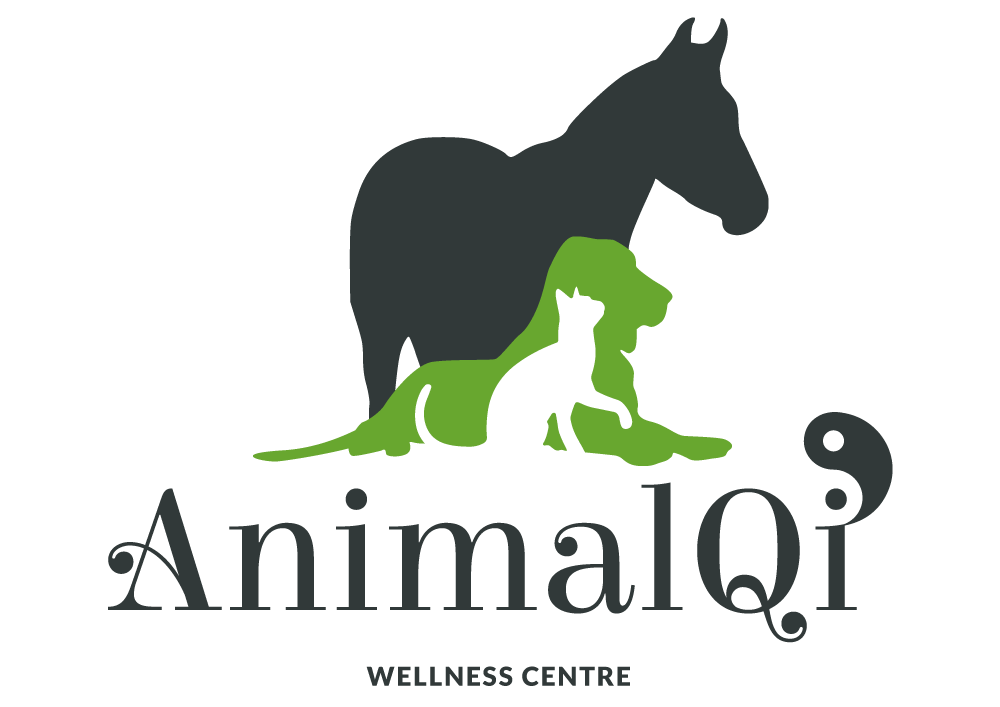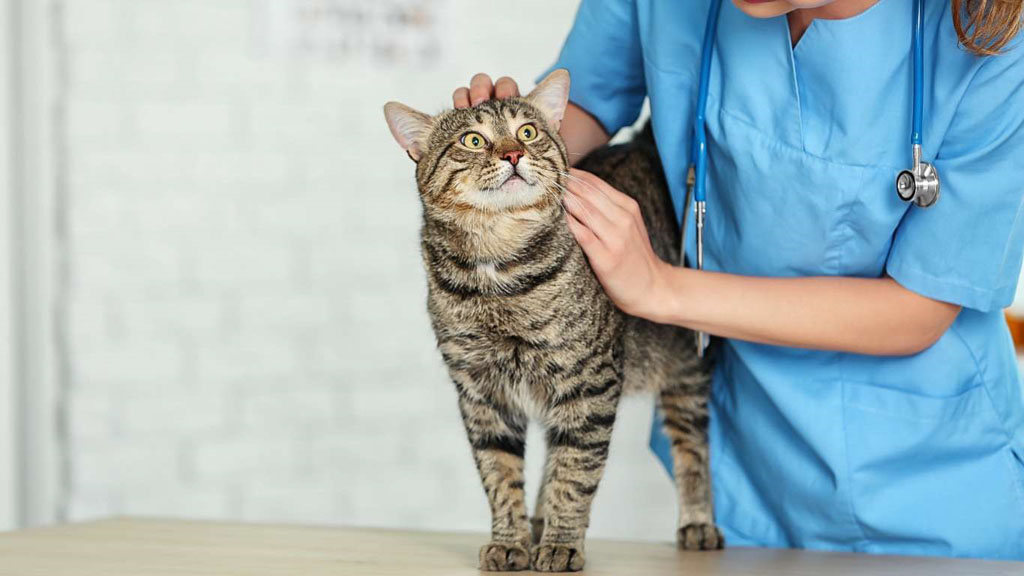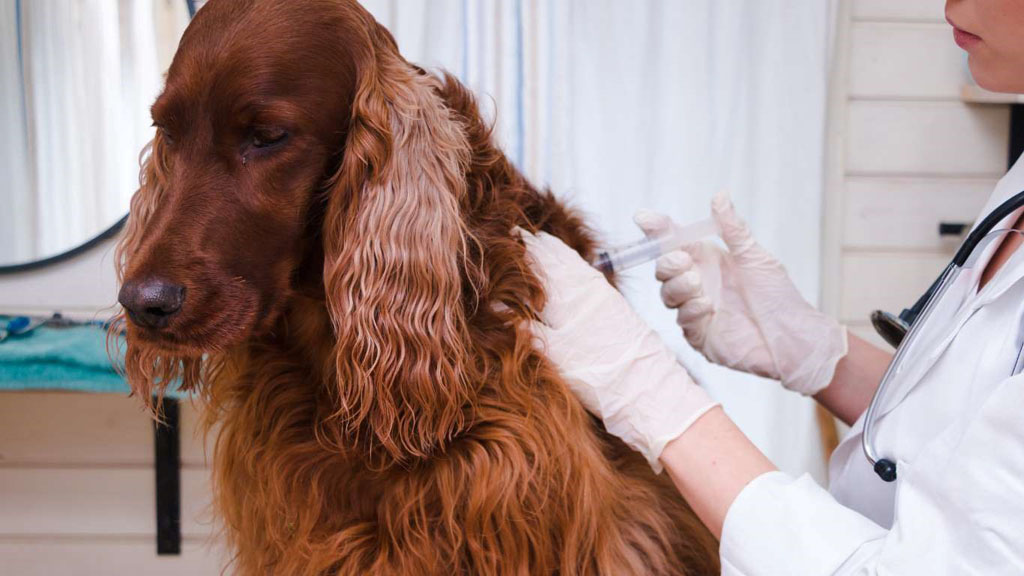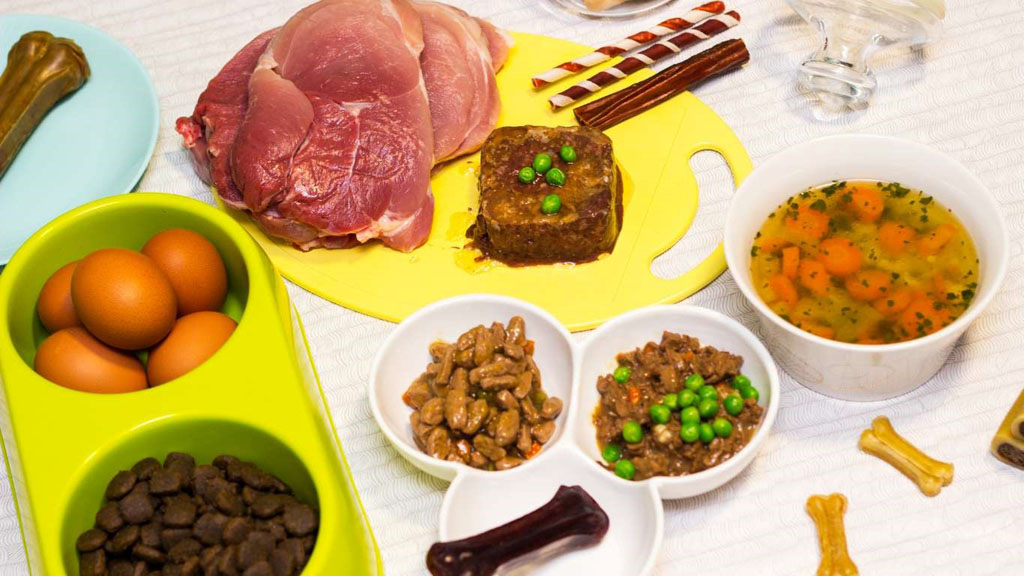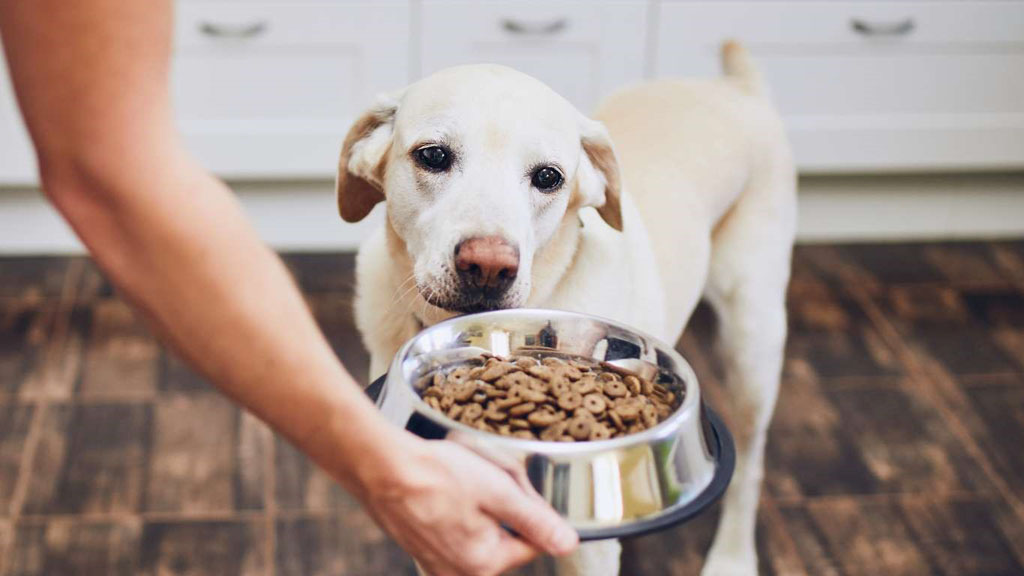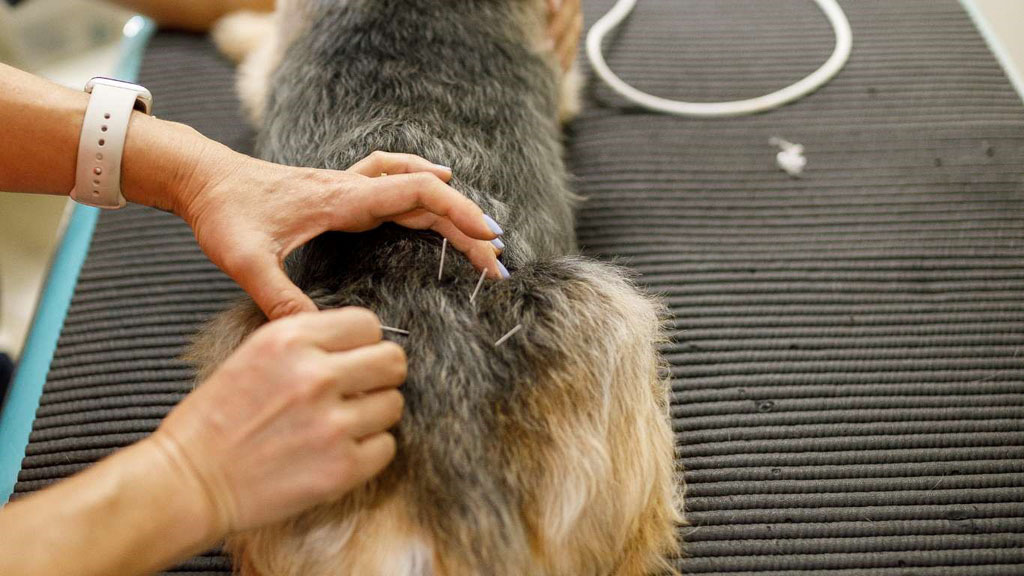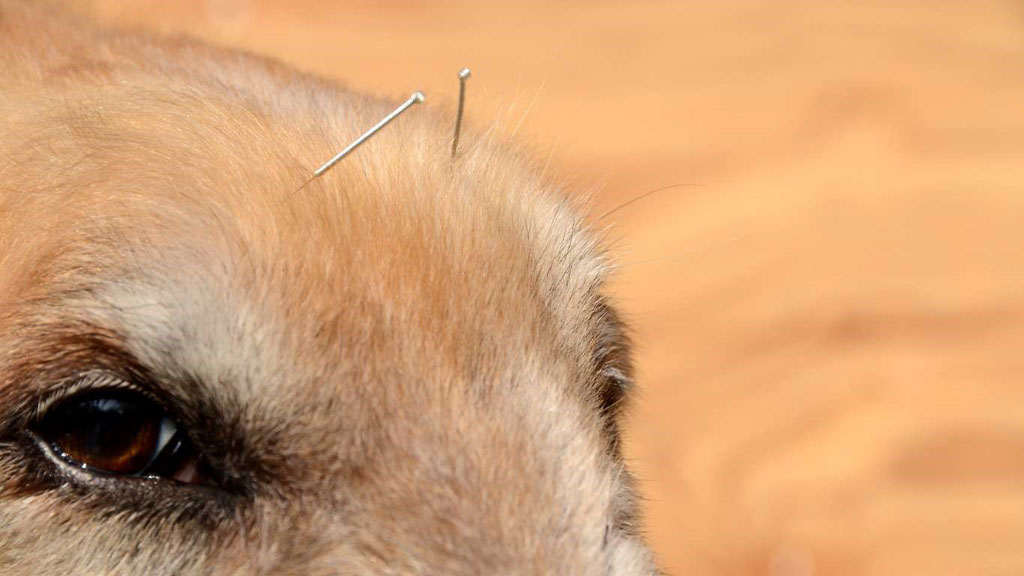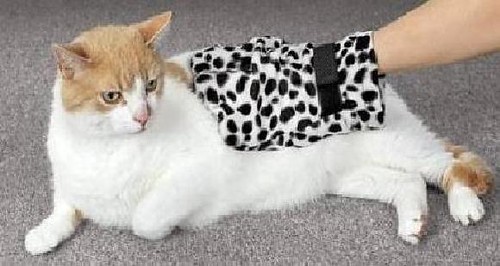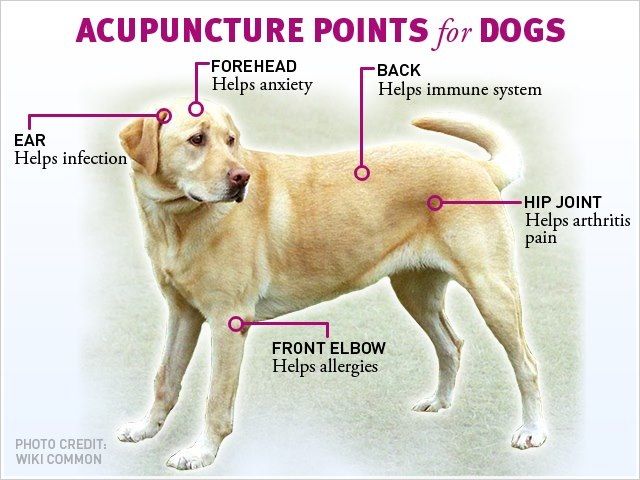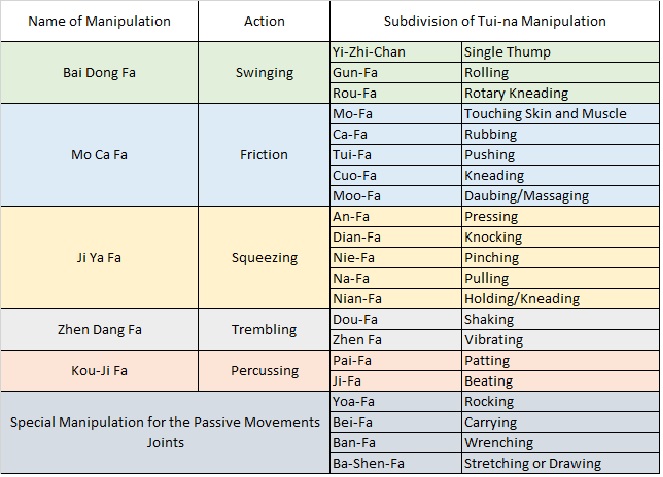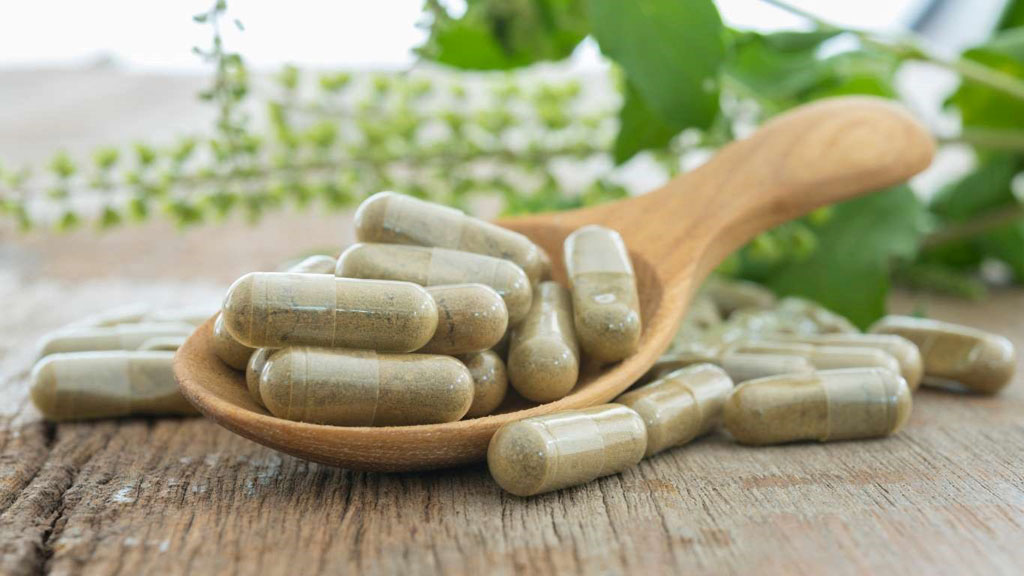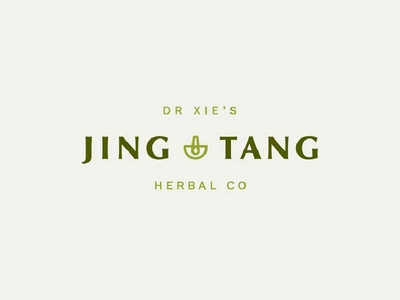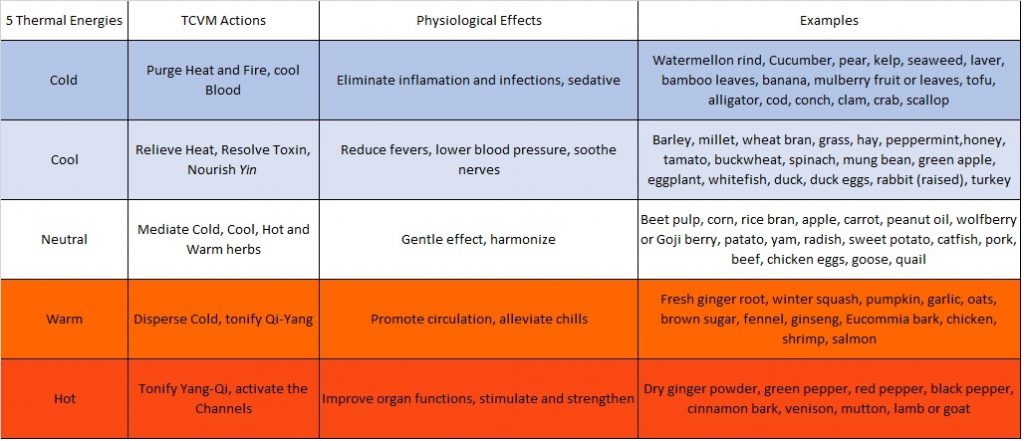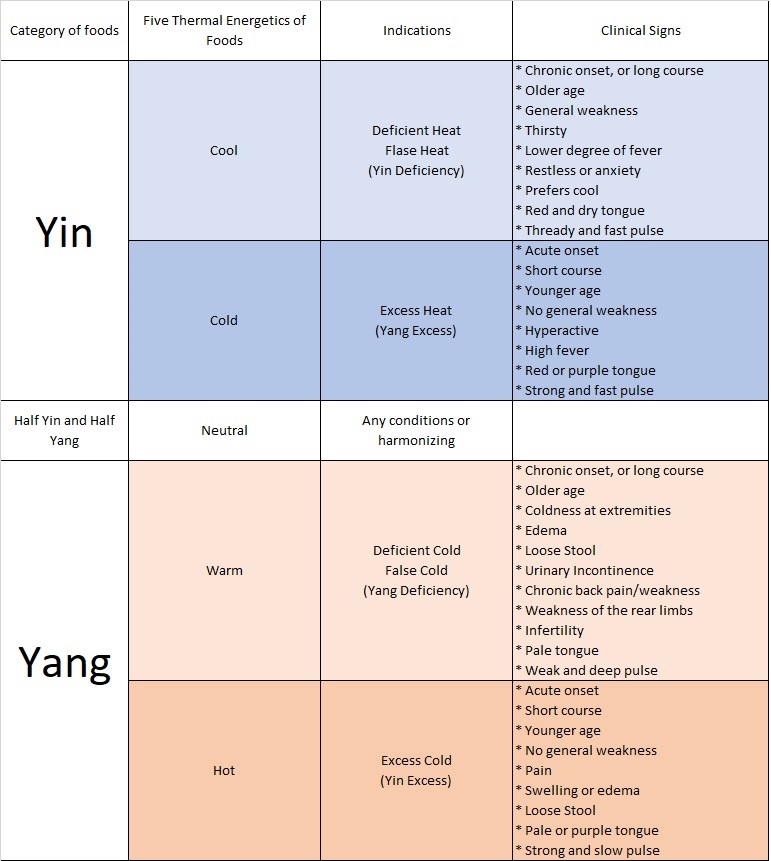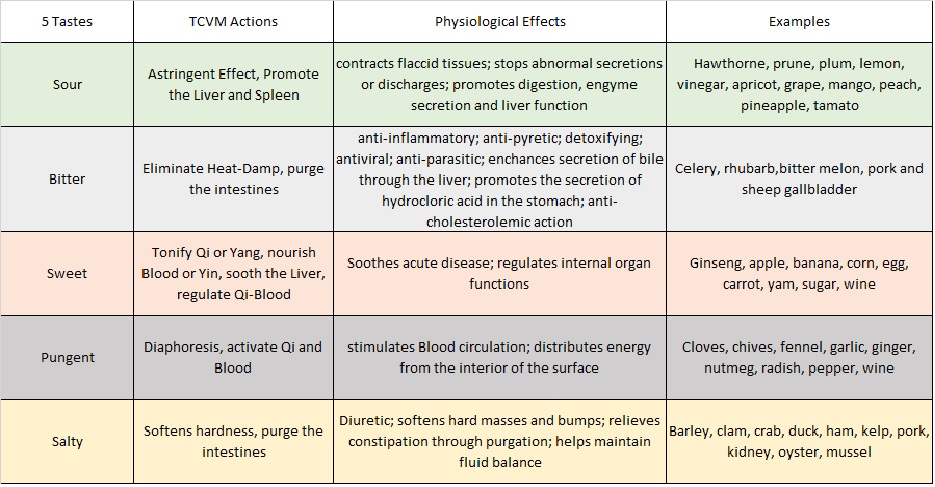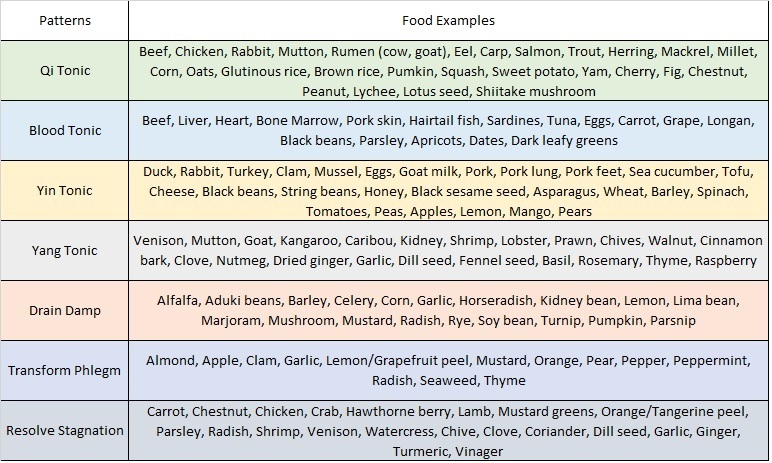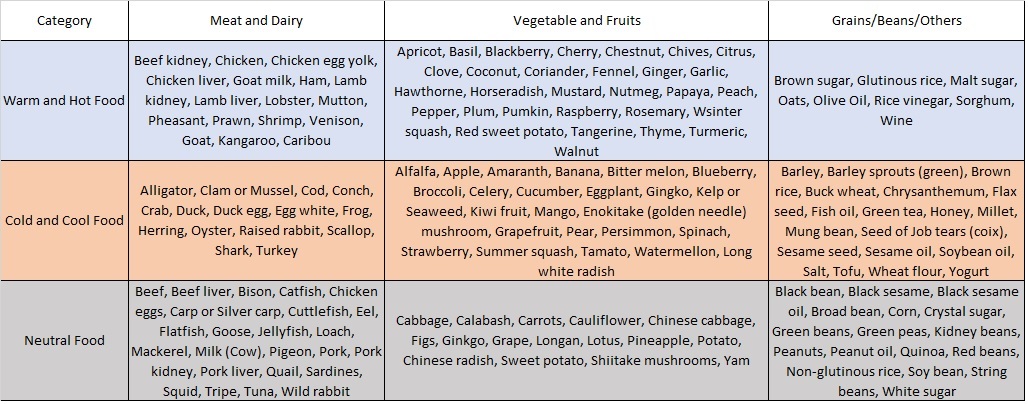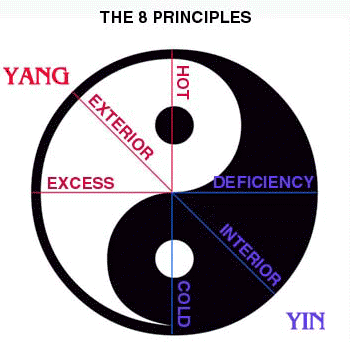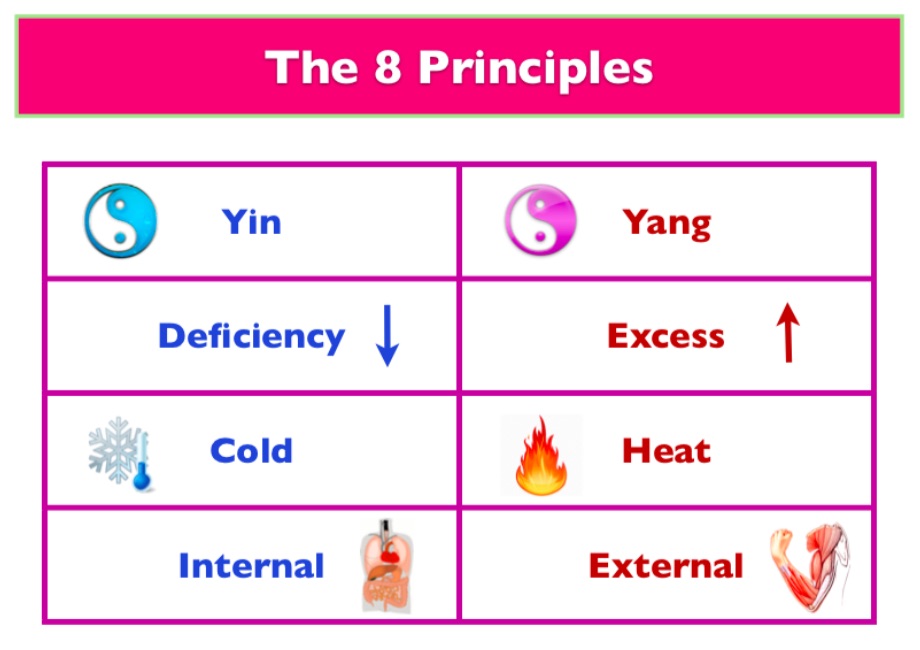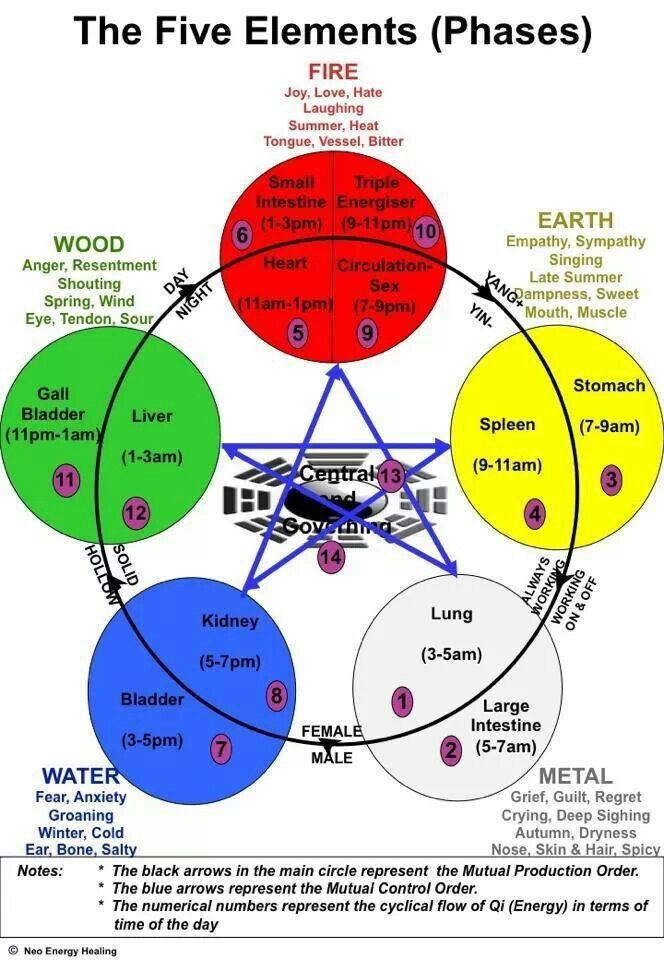Vaccination
Vaccinations
Protect Your Pet’s Health with Comprehensive Vaccination Services at Animal Qi!
Ensure your beloved companion stays happy and healthy with our personalized, expert-guided pet vaccination plans.
Learn More
Frequently Asked Questions
At Animal Qi, we understand that prevention is key to maintaining your pet’s health and well-being. Our comprehensive pet vaccination services are designed to keep your furry or feathered friend protected against a variety of common diseases and help them live their best life by your side.
What are Pet Vaccinations?
Pet vaccinations are crucial preventive healthcare measures that protect your pets against harmful diseases. By introducing a small, controlled amount of a specific virus or bacteria, vaccinations stimulate your pet’s immune system, helping them build immunity against future infections.
Who are Pet Vaccinations for?
Pet vaccinations are essential for all pet owners who want to:
- Protect their pets against common and potentially fatal diseases.
- Ensure their pets meet local vaccination requirements.
- Safeguard the health of other pets and humans in their community.
Our vaccination services are suitable for pets of all ages, breeds, and sizes, including dogs, cats, rabbits, birds, and other small animals.
Why Choose Animal Qi’s Pet Vaccination Services?
At Animal Qi, we’re passionate about providing exceptional care for your pets. Here’s what sets us apart:
Expertise
Our team of experienced veterinary professionals is well-versed in pet vaccination protocols and committed to staying up-to-date with the latest advancements in veterinary medicine.
Personalised Care
We understand that every pet is unique. Our team works closely with you to develop a customized vaccination plan tailored to your pet’s individual needs, age, and lifestyle.
Safety and Comfort
At Animal Qi, we prioritize your pet’s safety and comfort during the vaccination process, using the highest-quality vaccines and adhering to strict safety protocols.
Comprehensive Services
In addition to vaccinations, we offer a full range of veterinary services to provide your pet with the best possible care throughout their life.
Ready to safeguard your pet's health with our comprehensive vaccination services?
Book an appointment with Animal Qi today and ensure your pet receives the protection they deserve.
Your pet’s health and well-being are of the utmost importance at Animal Qi. Our comprehensive pet vaccination services provide essential protection against a variety of common diseases, ensuring your beloved companion stays healthy and happy throughout their life. Contact us today to book an appointment and give your pet the preventive care they deserve.
FAQ’s
Frequently Asked Questions
How do I know which vaccines my pet needs?
How often does my pet need to be vaccinated?
Are pet vaccinations safe?
What are the potential side effects of pet vaccinations?
Can my pet be vaccinated if they are sick or taking medications?
How much do pet vaccinations cost?
Do indoor pets need vaccinations?
Testimonials
From Our Visitors
Nulla quis lorem ut libero malesuada feugiat. Curabitur arcu erat, accumsan id imperdiet et, porttitor at sem. Vivamus magna justo, lacinia eget consectetur sed, convallis at tellus. Quisque velit nisi, pretium ut lacinia in, elementum id enim. Vivamus magna justo, lacinia eget consectetur sed, convallis at tellus. Mauris blandit eli
Nulla quis lorem ut libero malesuada feugiat. Curabitur arcu erat, accumsan id imperdiet et, porttitor at sem. Vivamus magna justo, lacinia eget consectetur sed, convallis at tellus. Quisque velit nisi, pretium ut lacinia in, elementum id enim. Vivamus magna justo, lacinia eget consectetur sed, convallis at tellus. Mauris blandit eli
